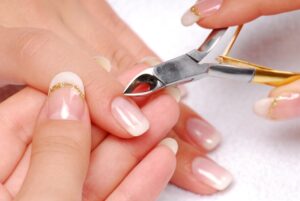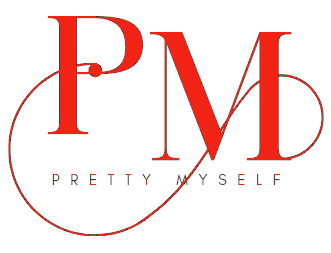Exploring 8 Types of Nail Extensions
Introduction: Nail extensions have become a popular trend, offering a way to express creativity and style. With an array of options available, choosing the right nail extension method can be overwhelming. Let’s delve into eight types of nail extensions and the factors to consider when selecting the perfect one for your preferences and lifestyle.
- Acrylic Nail Extensions: Acrylic extensions are crafted using a liquid monomer and a powder polymer. These extensions are durable and offer a sturdy finish, making them suitable for individuals with weak or brittle nails. They allow for various shapes and designs.
Pros:
- Durable and long-lasting
- Versatile in design
- Ideal for strengthening natural nails
Cons:
- Strong chemical odor during application
- Requires skilled nail technicians for proper application
- Gel Nail Extensions: Gel extensions involve applying layers of gel to the natural nail, which are then cured under a UV or LED lamp. They provide a natural look and are more flexible than acrylics.
Pros:
- Natural appearance
- Flexibility and lightweight
- Less odor compared to acrylics
Cons:
- Not as durable as acrylics
- Requires regular maintenance
- Fiberglass Nail Extensions: Fiberglass extensions involve layering pieces of fiberglass onto the nail with resin, creating a strong and natural-looking extension. They are thinner than acrylics or gels, giving a lightweight feel.
Pros:
- Thin and lightweight
- Natural appearance
- Less damaging to natural nails
Cons:
- Not as durable as acrylics
- Requires skill for application
- Silk Nail Extensions: Silk extensions use pieces of silk fabric to create extensions on the nails. They are ideal for repairing cracked or damaged nails and provide a natural appearance.
Pros:
- Ideal for repairing damaged nails
- Lightweight and natural-looking
- Less damaging to natural nails
Cons:
- Less durable than acrylics or gels
- Requires skill for application
- Dip Powder Nail Extensions: Dip powder extensions involve applying a base, dipping the nail into colored powder, and sealing with a topcoat. They offer a quick application process and are known for their longevity.
Pros:
- Quick and easy application
- Long-lasting results
- No need for UV/LED lamps
Cons:
- Can be thick if not applied properly
- Removal process might weaken nails
- Polygel Nail Extensions: Polygel extensions combine the qualities of acrylic and gel. They come in tube form, allowing technicians to mold extensions directly onto the nails before curing under a lamp.
Pros:
- Light and durable
- Easy to shape and manipulate
- Minimal odor compared to acrylics
Cons:
- Requires skill for application
- Not as strong as acrylics
- Press-On Nail Extensions: Press-on extensions are pre-made nails that can be glued onto natural nails or used with adhesive tabs. They offer convenience and a variety of designs.
Pros:
- Convenient and easy to apply
- Wide range of designs available
- No need for professional application
Cons:
- Temporary and may not last long
- Adhesive might damage natural nails if not removed properly
- Shellac Nail Extensions: Shellac extensions involve applying a hybrid gel polish that’s cured under a UV/LED lamp. They offer a glossy finish and are known for their chip-resistant properties.
Pros:
- High shine and chip-resistant
- Quick curing process
- Less damaging to natural nails
Cons:
- Limited design options
- Removal process can weaken nails
Choosing the Right Nail Extension: Consider your lifestyle, nail health, maintenance preferences, and desired look when selecting a nail extension method. Consult a professional nail technician for personalized recommendations.

FAQs for Types of Nail Extensions
How long do nail extensions typically last?
The durability varies depending on the type of extension and maintenance. Generally, they can last between two to four weeks.
Are nail extensions damaging to natural nails?
Improper application or frequent removal can weaken natural nails. However, with proper care and maintenance, they can be safe.
Can I remove nail extensions at home?
While it’s possible, it’s recommended to have them removed by a professional to minimize damage to natural nails.
Remember, choosing the right nail extension method involves considering various factors. Prioritize nail health, maintenance, and your desired aesthetic to enjoy beautiful, long-lasting extensions that complement your style.



